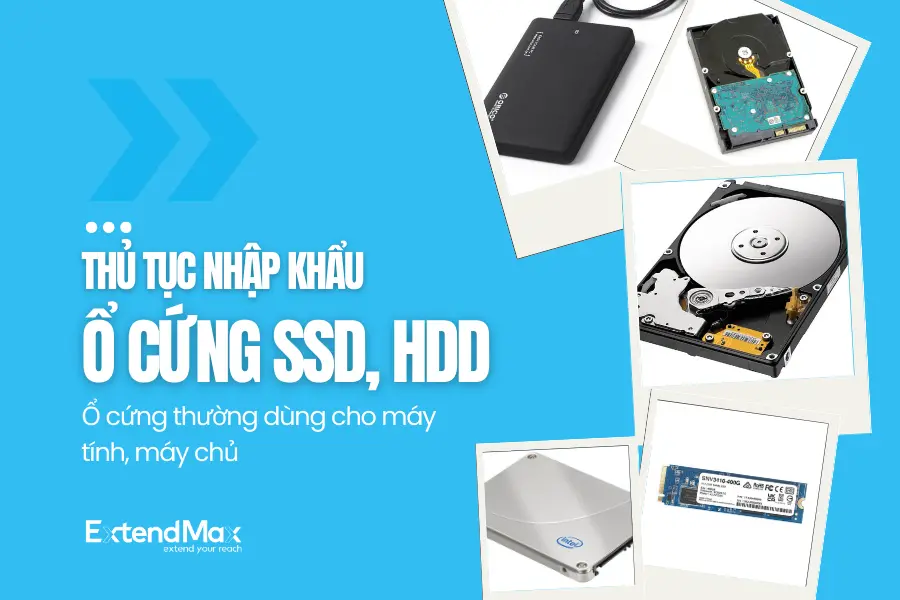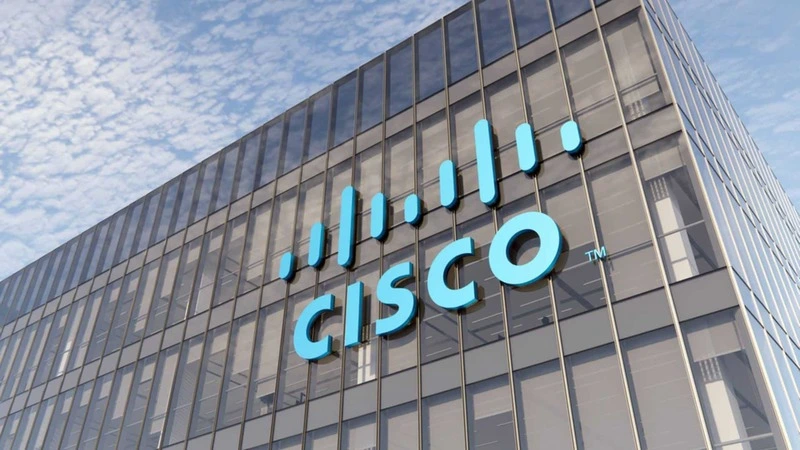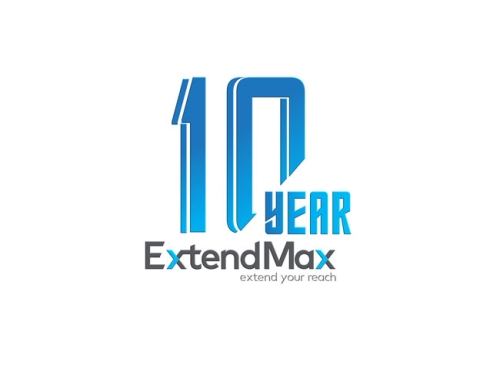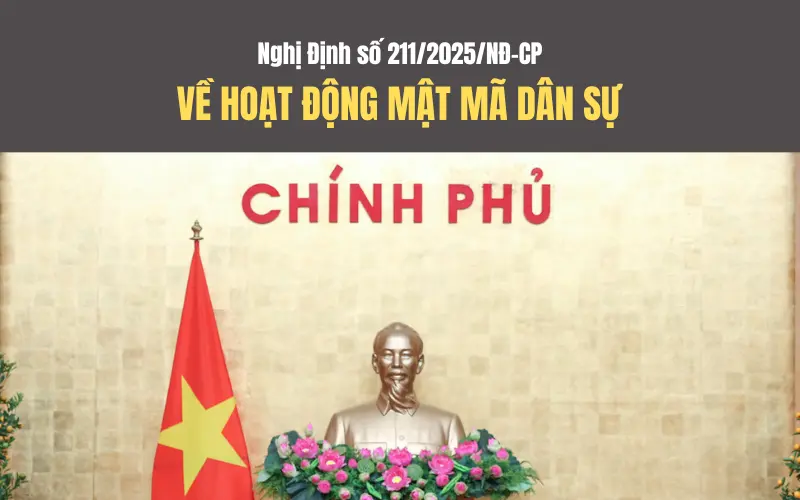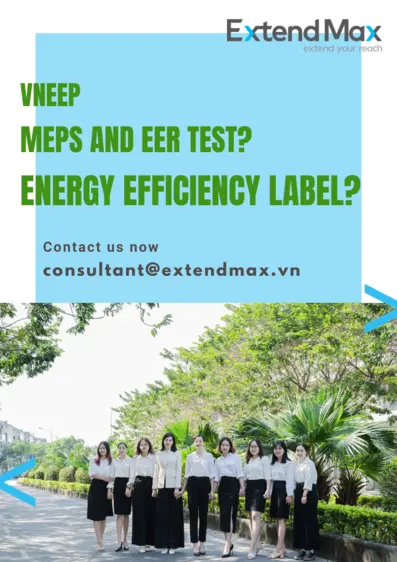An energy label is a type of sticker affixed to electrical and electronic devices to provide information on the product’s energy consumption. It serves as an important tool to help consumers compare and choose energy-efficient and environmentally friendly products. In Vietnam, the application of energy labels is strictly regulated by the Ministry of Industry and Trade and is a mandatory requirement for various product groups prior to market distribution.
What is an energy label?
An energy label is a sticker issued by a government agency or self-declared by businesses (in cases where the self-certification mechanism applies), displaying information about the energy efficiency of the product. The label typically includes the following details:
-
Energy efficiency level (usually displayed as a star rating from 1 to 5 stars)
-
Product and manufacturer name
-
Product model code
-
Power consumption
-
Applicable standards or technical regulations
The energy label is shaped like a seal and is affixed to electrical appliances to show performance metrics and energy-saving capabilities, helping users choose high-quality, energy-efficient products that consume less electricity.
According to Article 15 of Decree No. 21/2011/ND-CP, there are two types of energy labels:
-
Certification label: Issued only to products that meet or exceed high energy efficiency levels set by the Ministry of Industry and Trade.
-
Comparative label: Displays energy performance through star ratings (from 1 to 5 stars), allowing consumers to compare similar products in the same category.
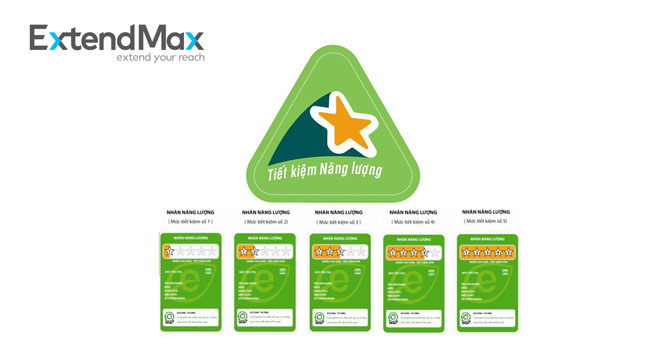
An energy label is a type of sticker affixed to electrical and electronic devices.
>>> See also: Support for electric fan import procedures, conformity certification, and energy efficiency testing for electric fans
Why is an energy label necessary?
Applying energy labels brings practical benefits for consumers, manufacturers, and society as a whole:
Helps consumers choose energy-saving products
Energy labels provide clear and transparent information, making it easier for consumers to compare and purchase products with lower power consumption, reducing monthly electricity bills.
Encourages manufacturers to improve product quality
Energy efficiency competition motivates manufacturers to invest in research and develop technologies that are more energy-efficient and environmentally friendly.
Contributes to environmental protection
Using energy-efficient devices reduces electricity consumption, which in turn lowers CO₂ emissions from thermal power plants. This contributes to environmental protection and supports efforts to combat climate change.
Ensures legal compliance
In Vietnam, many product categories such as air conditioners, refrigerators, washing machines, and light bulbs are required to carry energy labels in accordance with Circular No. 36/2016/TT-BCT issued by the Ministry of Industry and Trade. Failure to comply may result in import rejection or administrative penalties.
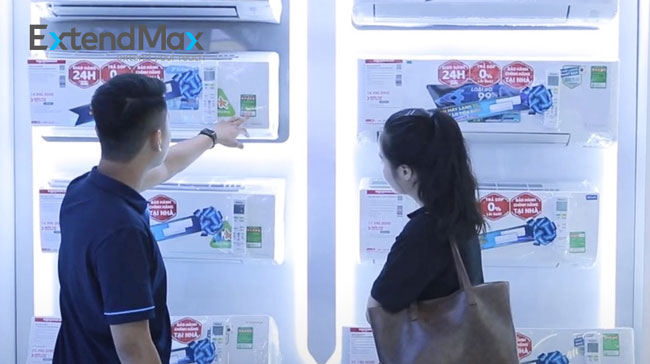
>>> See also: Guide to the import procedure for rice cookers, conformity certification, and energy labeling for rice cookers
Products requiring energy labeling
Below is the list of product groups required to carry energy labels, along with the applicable minimum energy performance standards that businesses should be aware of:
| No. | Product Category | Applicable Standards |
| Household Appliances | ||
| 1 | Linear fluorescent lamps | TCVN 8249:2013 |
| 2 | Compact fluorescent lamps | TCVN 7896:2015 |
| 3 | Magnetic and electronic ballasts | TCVN 8248:2013 / TCVN 7897:2013 |
| 4 | Air conditioners | TCVN 7830:2015 |
| 5 | Refrigerators | TCVN 7828:2013 / TCVN 7829:2013 |
| 6 | Washing machines | TCVN 8526:2013 |
| 7 | Rice cookers | TCVN 8252:2015 |
| 8 | Electric fans | TCVN 7826:2015 |
| 9 | Televisions | TCVN 9537:2012 |
| 10 | LED lights | TCVN 11843:2017 / TCVN 11844:2017 |
| 11 | Storage water heaters | TCVN 7898:2009 |
| Office & Commercial Equipment | ||
| 12 | Photocopiers | TCVN 9510:2012 |
| 13 | Monitors | TCVN 9508:2012 |
| 14 | Printers | TCVN 9509:2012 |
| 15 | Commercial refrigerators | TCVN 9509:2012 |
| 16 | Laptops | TCVN 11848:2017 |
| Industrial Equipment | ||
| 17 | Distribution transformers | TCVN 8525:2010 |
| 18 | Electric motors | TCVN 7540-1:2013 / TCVN 7540-2:2013 |
| Transportation Vehicles | ||
| 19 | Cars with fewer than 7 seats | |
| 20 | Cars with 7–9 seats | |
| 21 | Motorcycles | |
| 22 | Mopeds |
>>> See also: Decision No. 14/2023/QĐ-TTg on the list of products subject to energy efficiency requirements
What is a certification energy label?
A certification energy label features the Energy Saving Symbol (also known as the Vietnam Energy Star) and is affixed to products circulated on the market that meet or exceed the high energy performance standards as defined by the Ministry of Industry and Trade from time to time.
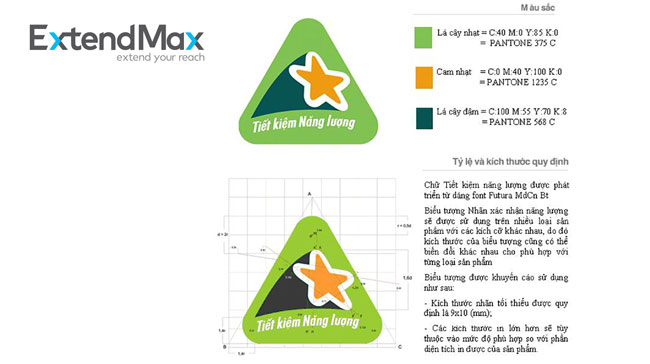
>>> See also: Guide to the energy labeling procedure for laptop computers | Detailed consulting services
What is a comparative energy label?
A comparative energy label is displayed on products available on the market to provide consumers with information about the energy performance of that product compared to other similar products. It helps consumers make informed choices by selecting products that consume less energy.
Different energy performance levels are represented by five energy efficiency tiers, indicated by the number of stars on the label—from one star to five stars, with five stars representing the highest level of efficiency.
The image of the comparative energy label below corresponds to the five energy efficiency levels as regulated (represented by the number of stars on the label):
-
Color and size regulations
-
How to read the information on a comparative energy label
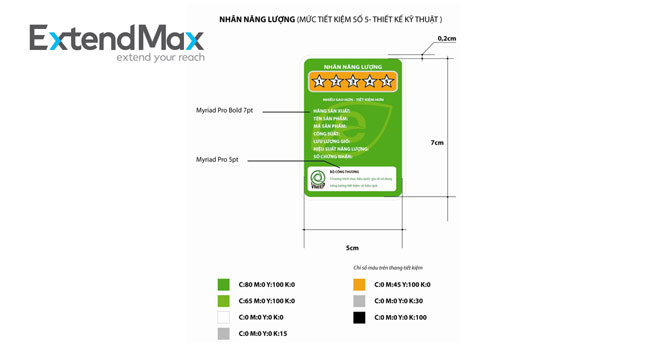
>>> See also: Full guide to energy labeling declaration for refrigerators and freezers | From A to Z
What information does a comparative energy label include?
-
Certification Code (MCN): This is a code issued by the Ministry of Industry and Trade (MOIT) for management purposes, specified in the Certificate of Energy-Saving Product. The certification code applied to products prior to 2016 and has now been replaced by a declaration code.
-
Product Name/Model Code: The name or code of the product registered by the enterprise for energy labeling and specified in the Certificate of Energy-Saving Product issued by MOIT.
-
Manufacturer: The name of the organization or enterprise that manufactures the product registered for energy labeling.
-
Importer: The name of the organization or enterprise importing the product registered for energy labeling (applicable only to importers).
-
Energy Efficiency Rating (Star Level): The energy consumption level per hour of operation of similar products made by different manufacturers is categorized into five levels, represented by the number of stars on the label (from 1 to 5 stars). The energy efficiency rating is determined by MOIT based on the product's energy performance test results and is indicated in the Certificate of Energy-Saving Product.
-
Annual Energy Consumption: The product's energy consumption value, expressed in kWh/year.
-
Other Information: Specified in detail in the energy label declaration form applicable to each specific product category.
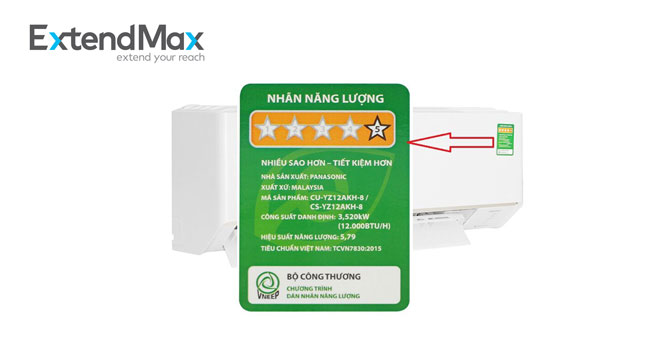
The above is essential information to keep in mind regarding energy labels for electrical products. ExtendMax provides nationwide support for conformity certification, declaration of conformity, and energy labeling registration for electrical devices.
For any inquiries regarding energy labeling services, please contact ExtendMax via our hotline at +84 24 6666 3066 or email us at consultant@extendmax.vn for the best consultation and support!




